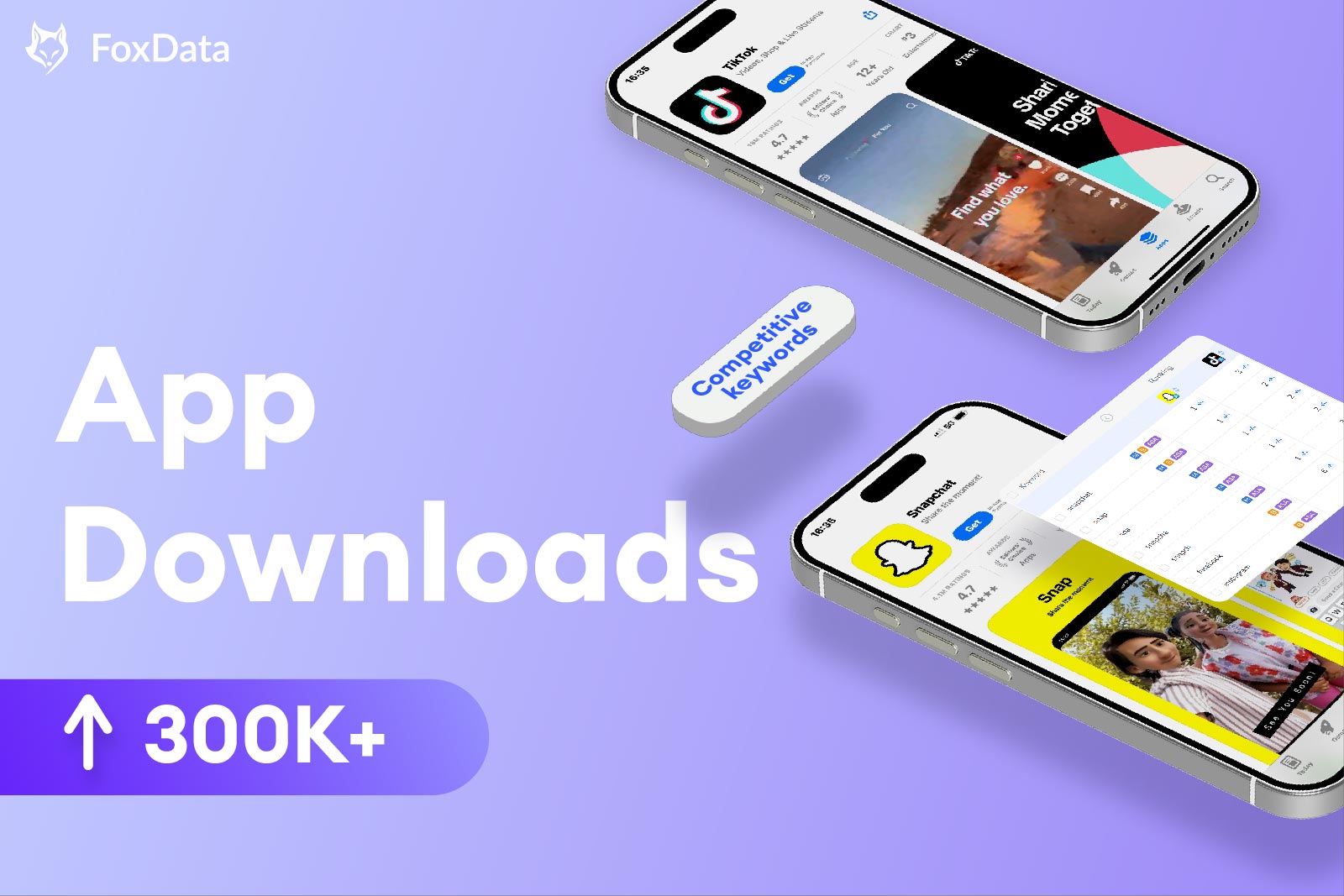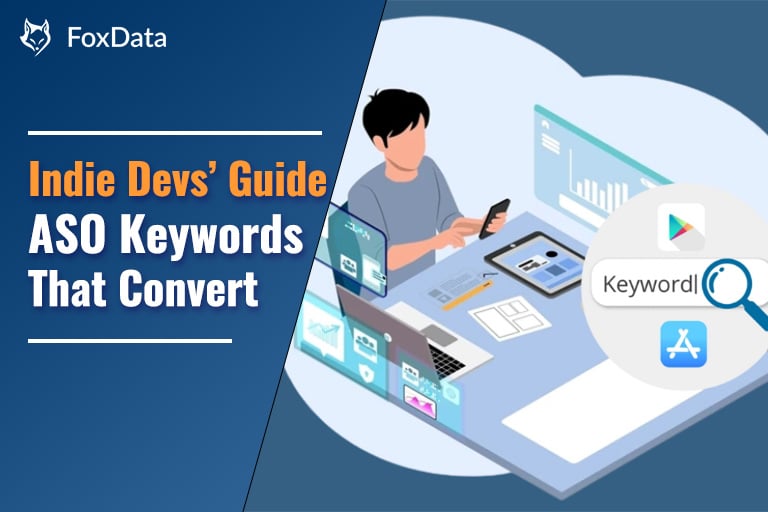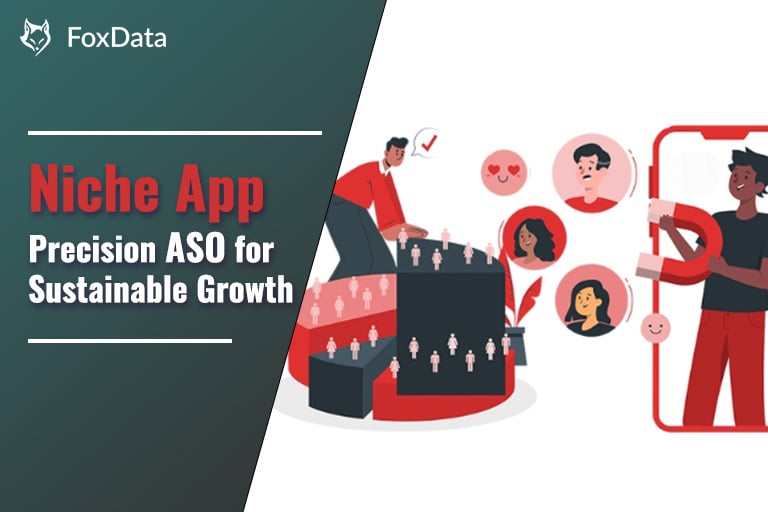Boost Your App's Performance with A/B Testing: Unleashing the Power of Creative Optimization

The ASO game in the App Store has undergone significant changes with the introduction of App Store Product Page Optimization and In-app Events. As a result, if you are managing ASO, UA, or engaged in mobile marketing, you must make use of these new features to stay competitive.
The introduction of these new features means that by focusing on the right audience and leveraging the appropriate resources, you now have a fantastic opportunity to accelerate your app's growth. A long-awaited feature that has been available on Google Play for some time, listing experiments, has finally arrived on the App Store.
Creative Optimization, also known as Conversion Optimization, is equally crucial as keyword optimization for achieving your growth objectives. It is a challenging task to convert your target audience into retained users once they have discovered your app through your keywords.
With millions of apps on the App Store, users have numerous options, and their decision-making process may come down to a cursory look at the product page, making the app icon and screenshots very important. The median potential conversion rate for icon optimization is 18% in the Apple App Store and 11% in the Google Play Store. Similarly, the average potential CVR increase for screenshots is 28% in the App Store and 13% in the Google Play Store.
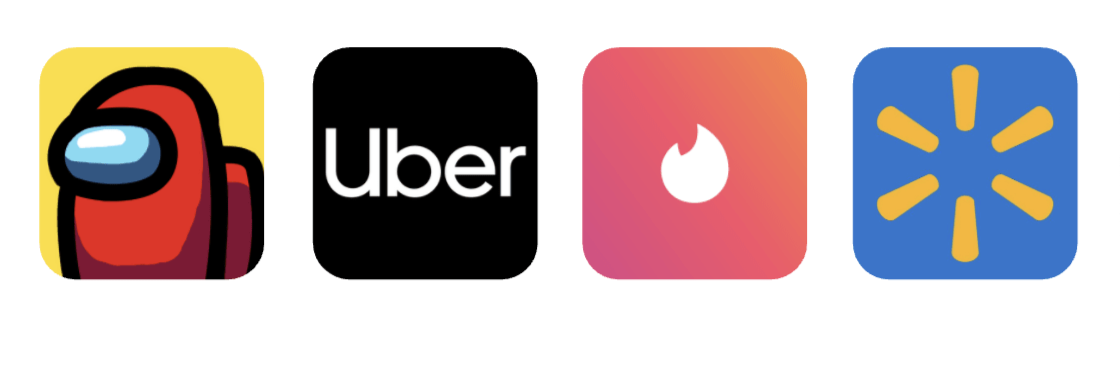
Attracting users to download your app depends on your creatives. Understanding your target audience is crucial in attracting new users. When a user searches for a certain term and you rank for it, they may see your app. If they download your app, your chances of improving your position for that keyword will increase due to an increase in your tap-through and conversion rates. Therefore, it's important to make your creative sets stand out to users as they can influence your keyword rankings.
Apple has introduced a new feature called Product Page Optimization (PPO) that allows you to natively A/B test your product page creatives. With PPO, you can test up to three versions against a default product page by selecting various app icons, images, and app preview videos for each treatment. These tests won't have titles, subtitles, or descriptions. You have the option to select how much traffic is allocated for each test, such as 70% control and 10% for each of the three treatments.

Please find below a rewritten version of the text. I have corrected any spelling, grammar, and punctuation errors to make it clearer.
You should be aware that the only sources of traffic for your App Store Product Page Optimization (PPO) tests will be natural ones. These include search results, browsing, or the Today or Apps tabs in the App Store.
All creative materials, except for an app icon change, will be subjected to Apple's customary approval procedure. Additionally, you will be able to conduct each PPO test for a specific localization, allowing you to have various treatments for different countries.
Through App Store Connect, you will have direct access to metrics like impression volume, conversions, and installs for monitoring. These metrics will be crucial for evaluating the effectiveness of each treatment and selecting the winner. The test may be used for up to 90 days. This will enable you to comprehend the preferences of your target audience using statistics. As only iOS 15 users will be allowed to participate in your experiments, this feature is expected to get better as more people use it.
As previously mentioned, we now have the opportunity to A/B test product pages on the native platform using iOS 15's new functionalities. By performing A/B testing, you can learn what makes consumers download your app and how your creativity influences their choices. This is particularly important if you want to optimize your creatives for the best outcomes, which will ultimately have an impact on your overall App Store Optimization (ASO) approach.
Testing your creative assets will enable you to identify the winning creative sets that produce the best outcomes, which may then impact your overall growth. Creative optimization is not a one-time process. You must continuously test fresh sets and iterate to achieve your objectives.
Even though you can test every piece of your creative work at once, it's better to test only one thing at a time. For instance, if you test screenshots and the app icon simultaneously, you won't be able to identify the primary factor behind the test's outcomes.
If your app offers multiple capabilities, you might want to start with three sets of images that highlight the different things you have to offer. By doing so, you will learn how to improve your product page and uncover which of the features you provide is most appealing to users.
Once you've selected the winner, you might wish to try out your app icon (this functionality is currently not available). Based on these findings, you can adjust your keyword strategy since you'll know what appeals to your target audience. You can always rely on our report to rapidly examine how the top competitors in your category adapt and improve their own product pages rather than attempting to construct your own hypotheses based on assumptions.
Waiting until statistically significant results are obtained when testing will prevent you from becoming dissatisfied with the metrics of your winning set when you implement it. You may make the perfect product page for your target market by following these steps. When done correctly, this will optimize your product page.
You should consider your current conversion rate, your hypothesis, and the test's current statistical significance of 90% when selecting how much traffic to allocate to it. Additionally, the test should be left running for at least 7 days. The length of time it takes to complete your tests, however, may vary depending on how much organic traffic you receive.
Waiting until statistically significant results are obtained when testing will prevent you from becoming dissatisfied with the metrics of your winning set when you implement it. You may make the perfect product page for your target market by following these steps. When done correctly, this will optimize your product page.
This is also related to the fact that each variant requires a specific minimum number of installs to produce meaningful results. Currently, Apple bases its recommendations on this.
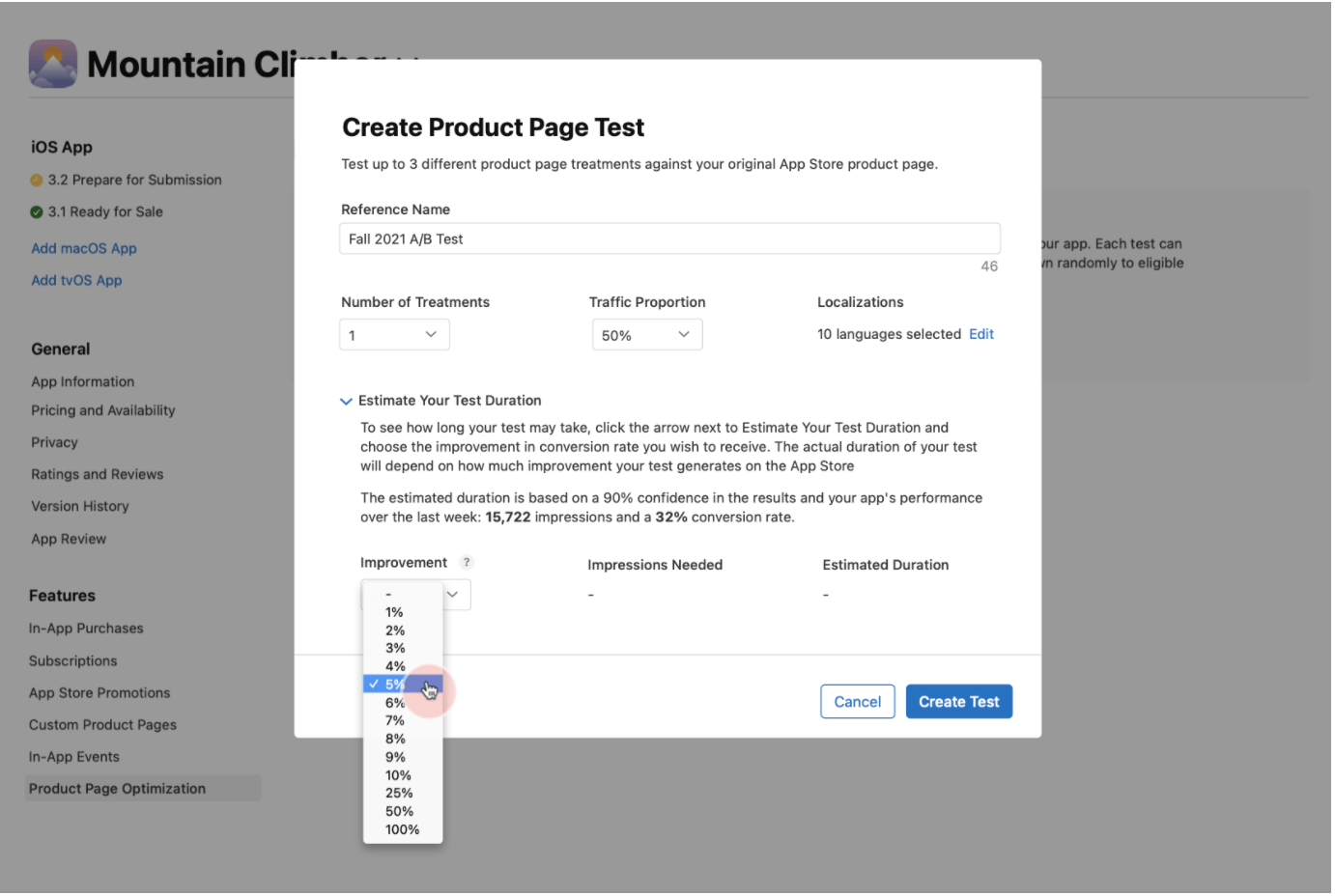
App Store Optimization (ASO) is vital for both keyword and conversion optimization. Developing an ideal product page can help you attract your target audience with the right appeal. As more people download your app, whether they found it through a keyword search or in your own category, it all helps your organic efforts by raising your visibility.
Moreover, this feature can be used for Seasonal App Marketing. You can test various assets for holidays or other special occasions to see whether they affect your conversion rates. For example, retail applications can modify their creative assets to highlight their upcoming bargains on Black Friday.
By tracking changes in your conversion rates, you can also test which app features are more popular with consumers. This way, you may improve your overall user acquisition approach by using the information you learn from bespoke product pages and vice versa.
Your chances of having higher keyword rankings increase as your visibility grows. Your ranking for that phrase, as well as any others that the algorithm may deem relevant or connected, will be directly affected if the user arrived at your site directly through a keyword search.
While Creative Advertising or Apple Search Ads offer greater scaling potential than ASO, having a strong organic strategy in place can maximize the effectiveness of your advertising efforts in other channels.
This can greatly aid your general localization efforts because you can run each test for many localizations. If done correctly, this will eventually aid in your app's success on a global scale.
Now just join FoxData and embark on a journey of business growth as we unveil a FREE App Data Analytics Tool, which boosts your downloads, increases your user base, and watches your performance soar to new heights!


